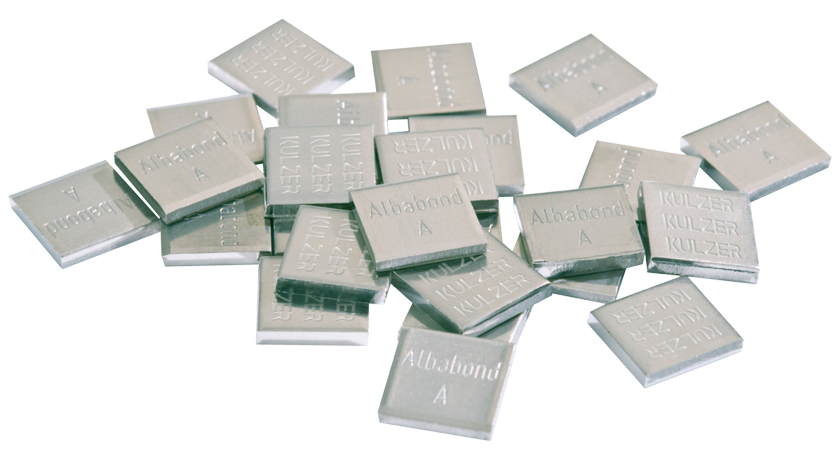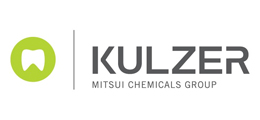Albabond® A – for C& B
Albabond® A – for C& B
Pd-based ceramic bonding alloy acc. to EN ISO 9693-1 and 22674, white
Ideal for all indications of ceramic veneering
Containing silver
Indications
Crowns
Bridges
Milling procedures
Implants
Specifications
Product details
Composition
(Content
in mass %)
Pd 56.6 | Ag 32.6
Sn 6.8 | Zn 0.2
In 3.4 | Ir 0.2
Ru 0.2
CTE (25 – 500 °C) 14.7 μm/m*K
Recommended
solders
Herador
Lot 1100/1070/
1060/1060S/V 800
Laser
welding wire Albabond B
Delivery form
1 g ingots,
rand. weights
Art. Code 1172 0000
Specification legend
Explanation of abbreviations and numbering:
x = content < 0.1 mass%
Indications:
1 Inlays, cervical filling
2 MOD Inlays
3 Crowns
4 Bridges
5 Milling technique
6 Partial dentures
10 Cast posts
14 Can be veneered with high expansion, low-fusing ceramics
15 Implant restorations
16 Electroformed double crown technique (primary crowns)
Abbreviations:
w = after soft annealing and quenching
k = ceramic bonding alloy: condition after ceramic firing
v = after hardening
s = self-hardening after slow cooling in the mould
A = A stable framework design with reinforced connections with a cross section of 8 - 10 mm² is required for long span bridges and superstructures. Additionally, the frameworks need to be hardened.
B = Depending on the copper content, in some cases discolouration ofdouble crowns may result after short period of wearing. Discolouration, however, is technically and physiologically harmless.
C = In exceptional cases these alloys can also be used for traditional telescopic crowns with parallel walls and for the bar casting technique provided that cross-sections for crown walls, approximal areas, bars and laser welded joints are particularly thick and the alloy is hardened subsequently. No indication for conical crowns and sheardistributors.
Video
Contact
Unit 20/53 Lorraine St Peakhurst, NSW, 2210


